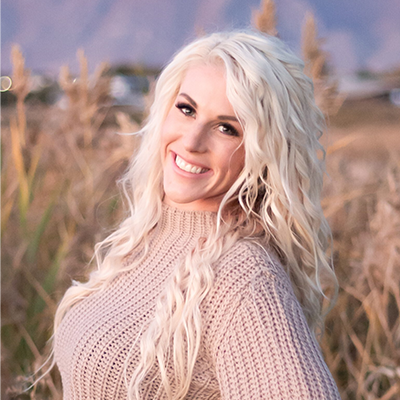The latest report released by the USDA confirms what the industry already knows. Cattle inventories are declining. This decline has been driven by nearly 40% of cattle living in areas with drought conditions. Drought is tough on ranchers. For many, it creates challenges in maintaining cattle numbers and protecting genetic progress made over years of selective breeding. In addition, if action is not timely, rangelands can have lasting effects from over grazing.

Sometimes the culling process is as simple as selling older cows you’ve been holding onto “just in case they give another calf.” However, sometimes these decisions include more impactful necessities like selling heifers that you retained in hopes of getting some young blood or improved genetics in your herd. As part of my thesis project, I worked with the ranch manager of a large South Texas ranch to create a tiered culling process. This enabled them to sit down and consider which animals should go first from a risk management and fiscal standpoint and to avoid reactive decision making in the moment.

So, what does this decline in the national cattle inventory mean for us as producers? On the bright side, it will most likely lead to higher calf prices and therefore higher profitability. However, it will also lead to higher prices across the board making restocking a challenge for those who have sold a large number of females. To what extent will depend on how long the decline lasts.

May I propose the following: If you have not gone through the culling process of your operation, take the time to sit down and make it a methodical exercise. Secondly, if you can avoid culling deeper than an average year, I would recommend it—unless you have a well thought out plan for restocking. Lastly, plan for the projected increase in revenue you may receive from these higher prices on the horizon.
Below is an example of a tiered culling approach. This is not a definitive answer. Each operation has different concerns and drivers to their decision making. Make sure you understand the consequences of selling cattle that are on your depreciation schedule. Also, consider that those retained heifers are more than just the opportunity cost of not selling them, but the inputs that have, and will be, put into them until they are placed into service.

The culling process is an integral part of cattle management. However, deep culling, at a time when a large percentage of producers are culling, is not desirable. While cull cow prices have seemed to stay mostly steady lately, a market flooded with high volumes of the same product often leads to a decreased price for that product. Ranchers who find ways to maintain standard culling processes on their operation, and avoid the subsequent need to restock females, will come out ahead in the long run by avoiding the need to sell breeding stock for depressed prices and pay high price for replacement females later. In addition, those who have excess brood cows to sell when the market begins to rebound may find opportunities to market those animals at higher prices.

As the cattle inventory drops, supply and demand principles will kick in, and calf prices will increase, barring any outside influences or events. This will lead to welcomed increases in revenue for many ranchers. Having an abundance of cash flow outside the norm provides opportunity. Producers who have a long-term vision of how to utilize this new, and most likely temporary, revenue will leverage their situation to the advantage of their operation. Some examples of how producers can leverage potential cash flow include:
- Paying off short-term notes
- Improving genetics through the purchase of replacement heifers or quality bulls
- Infrastructure that increases operating capacity or allows for other revenue generating opportunities
- Creating an account of cash on hand for future possibilities
The list can go on and is specific to your operation.
Ranchers are looking at long-awaited opportunity in the next several years. The potential upswing in prices can be a game changer for some if they seize it.
Those who are reactive to their current situation rarely fare as well as those who have put forethought into their planning. Although an extreme case, I am aware of one producer that was forced to sell out after purchasing 200 replacements at the height of the market several years ago.
By preparing now with structured plans designed to improve your specific operation, you can utilize this chance to make changes. I would encourage you to think five to ten years down the road and make strategic plans so that you do not get caught up in the inevitable furor that will come if the price projections materialize.





.webp)




